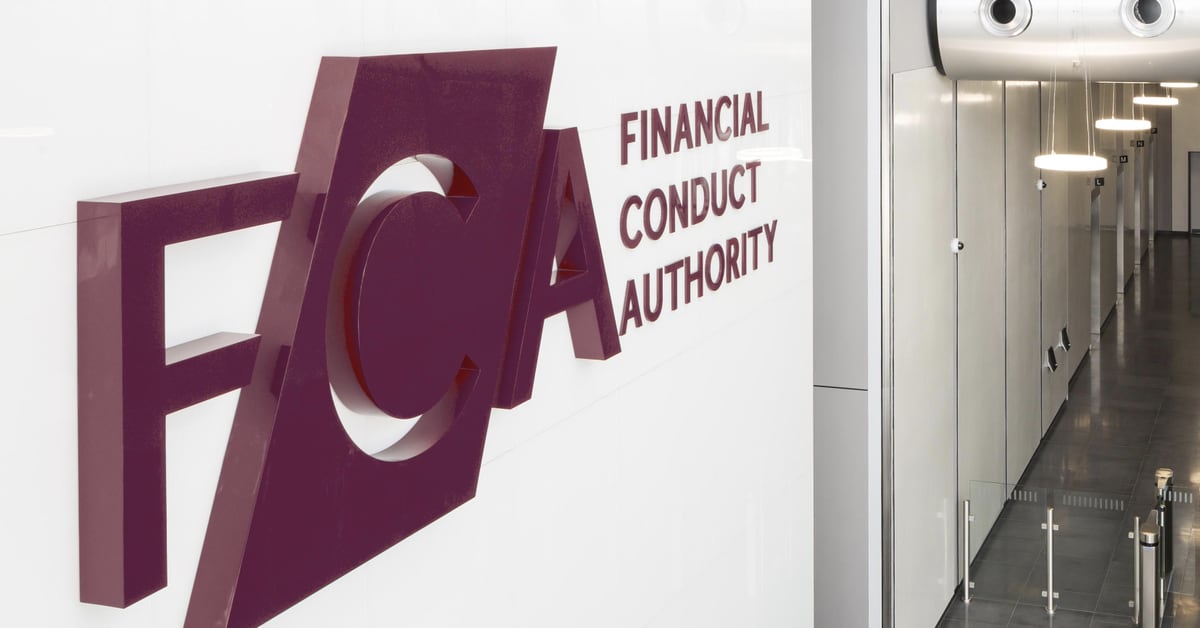Many people love Ethereum. However, when it comes to exchanges and transactions on the Ethereum blockchain, everybody seems to be complaining about high transaction fees that may even reach up to $200. Additionally, the Ethereum blockchain’s transaction limit of 14 per second is another annoying limitation that Ethereans are faced with. There are promises of solutions for when Ethereum 2.0 hits the market in the future, but what about now? Well, Loopring claims to have solved these problems. Loopring software runs on top of the Ethereum blockchain. Loopring tries to speed up the blockchain’s transactions. And hear this, transaction fees on Loopring, unlike sky-high Ethereum fees, cost less than a cent!
Interesting, huh? Then continue reading to find out more about this magical cryptocurrency.
What is Loopring?
Loopring is one of the emerging decentralized finance (DeFi) protocols. One of the multiple cryptocurrencies used by loopring is its token called LRC.
According to its creators, Loopring, otherwise known as LRC, is an Ethereum token that can be described as “an open-sourced, audited, and non-custodial exchange protocol.” It is a software running on top of the Ethereum blockchain, which claims to speed up transactions up to 1000x, compared to transaction speed on the Ethereum blockchain using a newer type of cryptography called zero-knowledge rollups, also known as zkRollups.
What are zkRollups, and how do they work?
Zk in zkRollups stands for “zero-knowledge,” which is itself short for “zero-knowledge proofs.” In the “zero-knowledge proofs” method, transactions are processed privately. This transaction method can provide ways to prove to the other party that the transaction requirements have been fulfilled without giving any further information to that party.
Consider, for example, using this method to prove that it is snowing without having to take a look out of the window. Another instance is being able to cross the border and prove you are eligible for doing so without having to say who you are or give any other information to the system. This method comes in handy, especially for cryptocurrency transactions in which parties need to make sure no other agency or third party will have any information about the transaction they are submitting.
Loopring’s founder claims that LRC exchanges can provide faster transactions by running the transactions on the loopring network instead of directly settling them on the Ethereum blockchain, as other exchange software do. LRC employs its updated type of cryptography, i.e., zkRollups, to do the critical computations related to exchanges on its network.
Unlike other decentralized exchanges that require to run transactions by the Ethereum network for them to be confirmed, which may take minutes instead of seconds, Loopring takes the transactions to its own network. In this way, the number of transactions submitted by LRC to Ethereum will reduce, and consequently, the speed of the transactions will increase while the transaction fees decrease notably.
The Loopring: Roots and History
A Chinese software engineer, Daniel Wang, founded Loopring in 2017. Wang has worked at world-renowned internet companies such as Google and JD.com.
In its initial coin offering, Loopring (LRC) was able to raise up to $45 million. However, due to new regulations, Wang and his team had to return up to 80% of the funds and proceed with the remainder.
How does Loopring Work?
The key value that LRC brings to the table is the cutting-edge cryptography it uses for processing transactions. However, zkRollups are not the only cryptography method used to ease up transactions on the Ethereum blockchain. xDai, Matic, Optimistic Rollups, and Plasma are other cryptography methods.
But zkRollups are considered more promising by the experts because they use the known cryptography called zero-knowledge proofs. Zero-knowledge proof can provide a computer program with the required data without actually sharing the data. In this way, for example, a government organization can access the data to confirm that you are eligible to access certain documents without actually revealing your identity.
To start trading on an LRC exchange, you should first send your funds to a smart contract managed by the Loopring protocol.
Then, the Loopring exchange will do the computations required to move the transaction from the Ethereum blockchain to its own network.
After doing the computations, Loopring is ready to place the transactions on the Ethereum blockchain to finalize the transaction between the two users. In this way, the transaction’s fee will decrease while its speed increases.
Then each batch of transactions will be added to the Ethereum blockchain with zero-knowledge proofs. So, others will be able to reconstruct the transactions that took place off-chain. That is how zkRollups ensure the safety of the transactions.
If you want to invest in LRC as a part of your portfolio, click here to start trading on Bitunivex right away.
Is LRC valuable?
LRC, or the Loopring token, is a must when it comes to necessary operations on the Loopring protocol. The minimum locked LRC to run a decentralized exchange on Loopring is 250,000 LRC. If this amount is not locked before the operations begin, the operator will not be able to run an exchange that uses its on-chain data proofs. In addition, if an operator wishes to run an exchange without the mentioned feature, they must at least stake 1 million LRC.
If an operator fails to properly run an exchange, their deposited assets may be confiscated and then distributed to users who lock their LRC as an incentive. Users can also stake their LRC to earn a portion of trading fees paid to the protocol.






